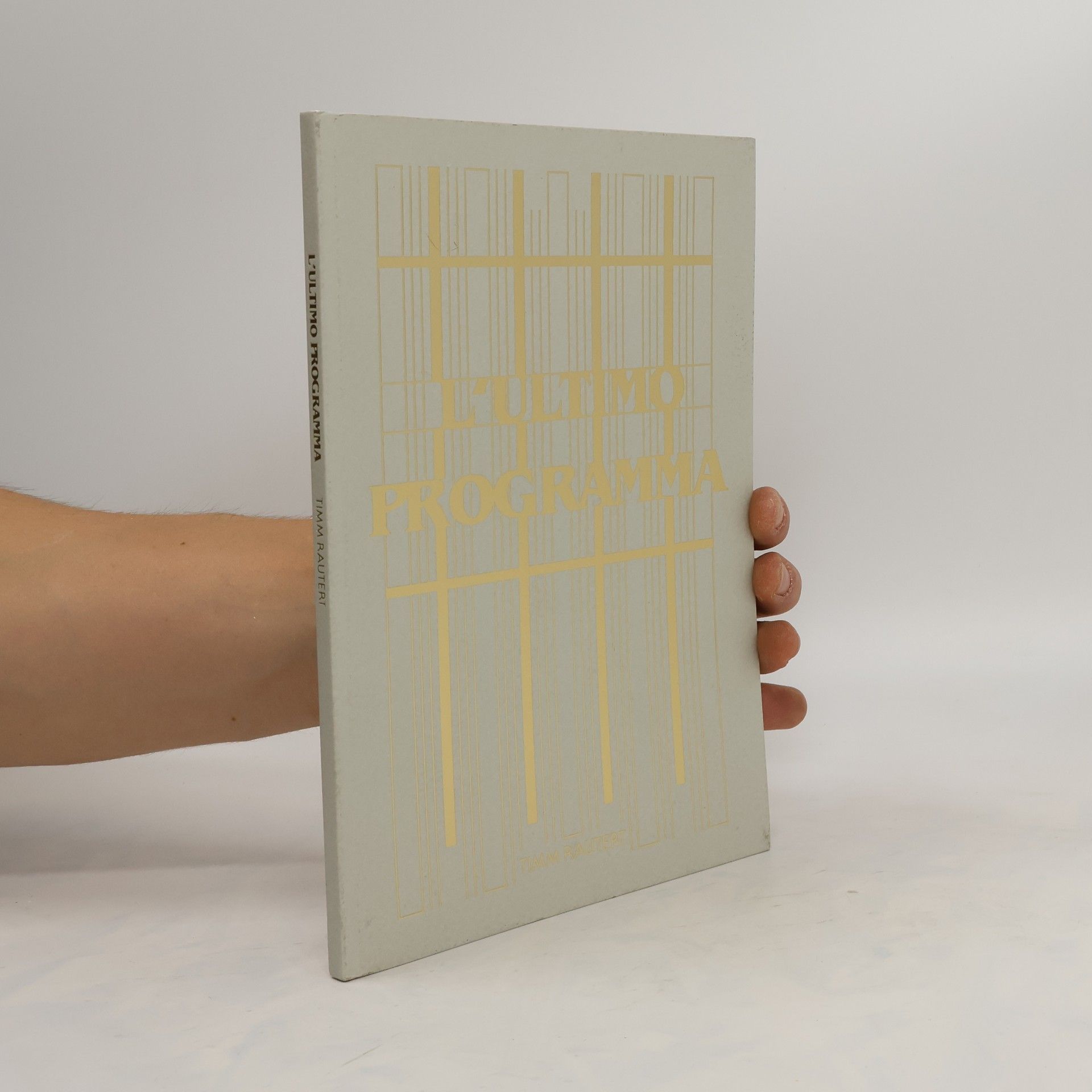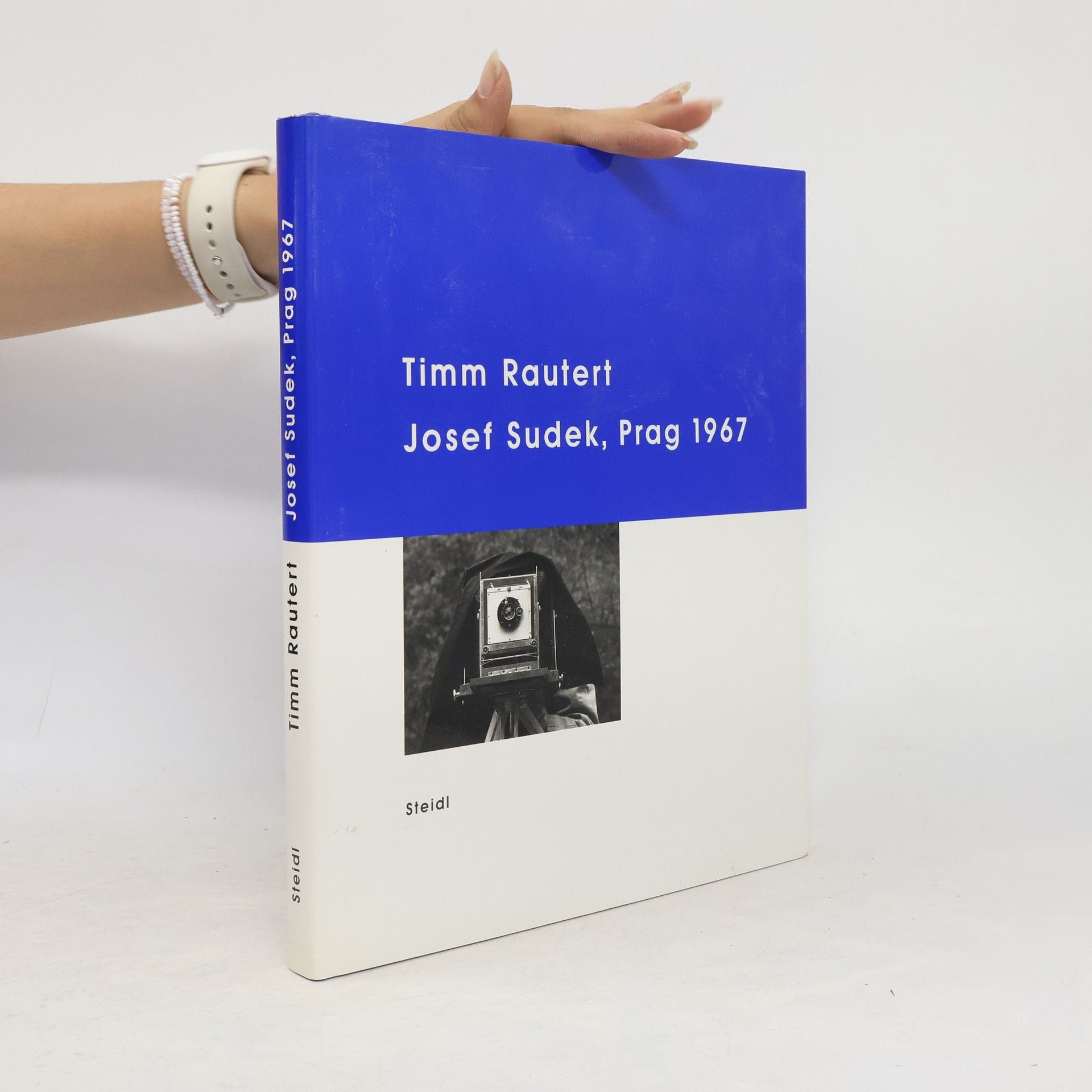Timm Rautert Poradie kníh






- 2023
- 2019
Nichts auf diesen Fotos ist arrangiert, die Timm Rautert ein Jahrzehntlang von Familien in Deutschland gemacht hat. Jedenfalls nicht von ihm selbst: Wie es vorher in den Wohnungen, in denen er die Mütter, Väter und Kinder zwischen 2007 und 2017 besuchte, ausgesehen hat – ob für ihn aufgeräumt, neu angeordnet, oder umgestellt worden ist –, wissen nur die Familien selbst. So wenig Einfluss nahm der Fotograf, dass nicht einmal ein konkreter Ort festgelegt wurde, an dem sie sich innerhalb ihrer Wohnungen fotografieren ließen: Mal sind es Stühle, auf denen sie sitzen, mal eine Tischkante, mal ein Bett, mal ein Sofa. Immer – der heiligen Familie gleich – als Triptychon arrangiert. In den Porträts spielen nicht nur Elternpaare und ihre Kinder die Hauptrolle, auch wenn sie im Mittelpunkt stehen, sondern auch ihre Lebensentwürfe, die in Details erkennbar zu sein scheinen: in prallvollen Bücherregalen und 50er-Jahre-Kommoden, in Altbaustuck und Parkettfußboden. In den Porträts tut sich ebenso die materielle Welt des modernen Mittelstandes auf, in dem heimeliges Sicherheitsbedürfnis auf kreatives Chaos trifft und moderne Inneneinrichtung auf Möbel vom Sperrmüll. Und stets dazwischen: knallbuntes Kinderspielzeug. Rauterts Fotografien zeigen nicht allein Menschen sondern Menschenleben, öffnen die Tür ins Private, zeigen eine Generation.
- 2018
Germans in uniform
- 88 stránok
- 4 hodiny čítania
Timm Rautert’s 1974 series “Germans in Uniform”, presenting a range of Germans in their professional attire in both a sociological and ironic manner, was first published in German by Steidl in 2006, and is now available in English in this expanded version. For his project Rautert invited a range of public servants and officials to his Düsseldorf studio, where he photographed them in their work clothes—from a pastor, monk, Red Cross helper and hotel valet, to a more flamboyant drum major, forest warden and even a Santa Claus. Rautert depicts his subjects before the same neutral backdrop with similar framing and perspective, thus emphasizing how they reveal their characters beyond their uniforms. Below each photo are the subject’s name, age and profession; at times personal quotes from conversations with Rautert during the shoot are also included. The result today is at once a complex portrait of post-war Germany, a nostalgic historical document, and an expression of the interplay between uniformity and personality that continues to shape society.
- 2016
Vintage
- 99 stránok
- 4 hodiny čítania
- 2016
People in the Elevator is published alongside the major 2016 summer exhibition at the Sprengel Museum in Hanover. Heinrich Riebesehl (1938 – 2010) was a notable photographer of the post-war era and a university lecturer. He began his career as a photojournalist in the 1950s, working for various newspapers including the Hannoversche Presse. He studied under Otto Steinert at the Folkwang School of Design in Essen and documented the early Fluxus movement in Germany. Timm Rautert's work cycle, Bildanalytische Photographie, is considered a key contribution to photography in the 1960s and 1970s. Created during a time of intense debate about the role of art in society, Rautert's work reflects the influence of the emerging Concept Art movement. He explored themes related to authorship, originality, reproduction, and the viewer's role, addressing the pressing issues surrounding photography's claim to realistically and truthfully depict the world. These themes remain relevant, especially in the context of today's digital imagery. The publication coincides with the exhibition Bildanalytische Photographie, 1968 – 1974 at the Kupferstich-Kabinett Dresden (July 1 to September 25, 2016), which presents the complete work cycle for the first time.
- 2016
Timm Rautert met Josef Sudek for the first time on a study trip to Prague in the spring of 1967. The photography student and the seventy-one-year-old Sudek — arguably the most important Czech landscape and still-life photographer of the twentieth century and a cult figure in his native country — instantly took to each other, and Rautert began photographing the artist at his studio and home. He accompanied him on his strolls in parks in Little Prague on the left bank of the Vltava river as he searched for adequate perspectives, and documented his work process in and outside the darkroom. The Sudek series is an extraordinary chronicle of a fascinating personality and place in the run-up to the Prague Spring, and marks the beginning of Rautert’s career during which the portrait and people at work were always of major importance to him.
- 2015
Das neue Buch des Fotografen Timm Rautert handelt von nichts Geringerem als dem Weltuntergang. In einem von Rautert verfassten „Bericht“ werden 3 Personen auf dem Weg zum Campo Sant'Angelo in Venedig beobachtet. Dort treffen sie auf eine riesige Menschenmenge, die aus rätselhaften Gründen vom bevorstehenden Weltende angezogen wurde. Begleitet wird der „Bericht“ von schw./w. Fotografien des menschenleeren Campo Sant'Angelo, auf denen die Zeit zum Stillstand gekommen scheint. Die Bilder vermitteln durchaus die panoramatische Raumwirkung des Platzes. Aber es geht offensichtlich nicht um das medienhistorische Dispositiv des Panoramas, denn durch bewusste „Anschlussfehler“, Wechsel des Standpunktes und dem Prägedruck ARCHIVIO DI STATO der Bilder, wird ihnen die Aura offizieller Dokumente gegeben. THE FINAL PROGRAMME ist ein medialer Hybrid aus Fotografie, Literatur und philosophisch-physikalischer Spekulation.
- 2011
No photographing
- 176 stránok
- 7 hodin čítania
In 1974 the young Timm Rautert travelled to Pennsylvania to photograph those who normally don’t allow themselves to be photographed: the Amish, a group of Anabaptist Protestant communities. Four years later Rautert returned to America, this time to the Hutterites who live so stringently by the Ten Commandments and the bible’s restrictions on images that they have their identity cards issued without photographs. Both these two series were influential on Rautert’s later work and No Photographing brings them together for the first time. Timm Rautert was born in 1941 in Tuchola, Poland, and studied photography under Otto Steinart at the Folkwang School of Design in Essen from 1966 to 1971. Rautert’s photographs have appeared in many publications, from 1993–2008 he was professor of photography at the Academy of Visual Arts Leipzig, and in 2008 he was the first photographer to recieve the Lovis Crinth Prize. Rautert’s books with Steidl include Arbeiten (2001), Deutsche in Uniform (2007) and When We Don’t See You, You Don’t See Us Either (2007).
- 2008
Josef Sudek, Prag 1967
- 98 stránok
- 4 hodiny čítania
- 2007
'Ich möchte das, was ich im Bild zeige, gesehen haben. Ich möchte begreifen, was das war …' (Timm Rautert)
